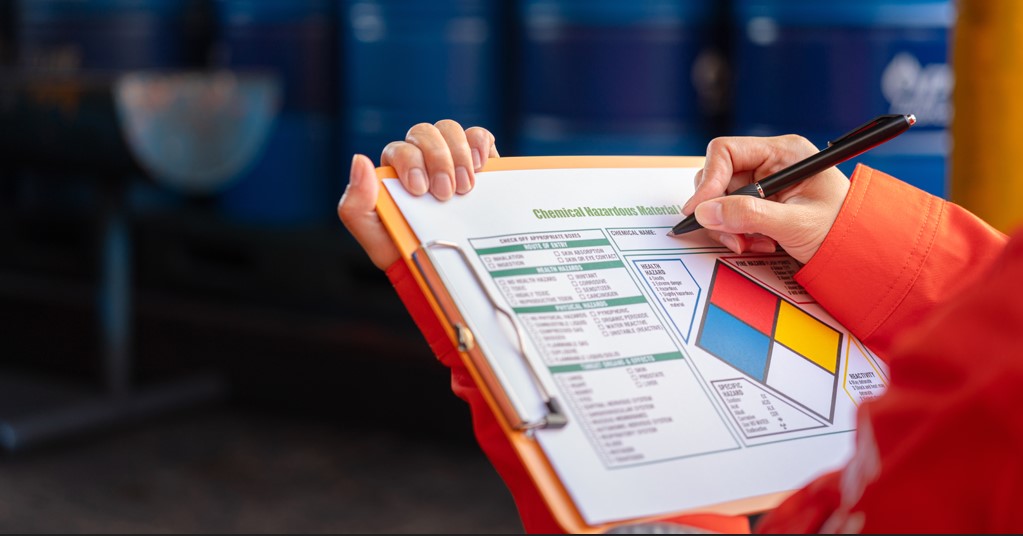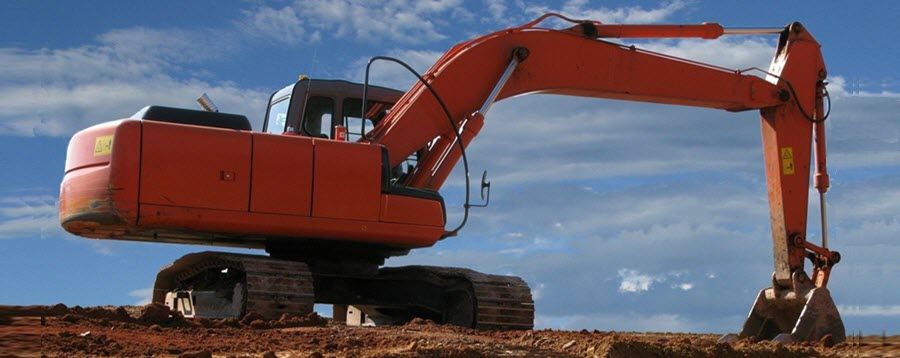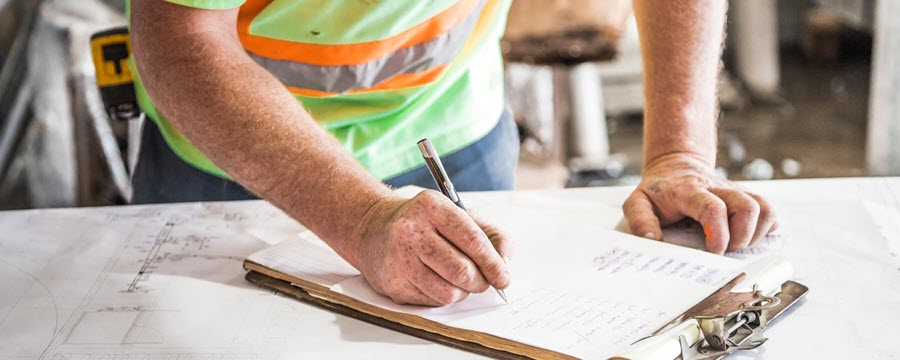
5 Safety Monitoring Tips for Heavy Equipment

Modern heavy machines include a wide range of safety equipment and features. However, without the right practices and monitoring, this equipment can quickly become a safety liability and harm both operators and nearby workers.
These five tips can help any construction site manager or supervisor properly monitor heavy equipment and maintain safety on-site.
1. Require a Walkaround Inspection
A walkaround is a simple visual inspection that workers carry out any time they need to start up a piece of heavy equipment. The worker will circle the machine, looking for any obvious damage or issues — like loose handholds or damaged tires. The worker will finish the inspection by adjusting the seat and mirrors in the cabin for maximum visibility.
The walkaround will help ensure worker safety and make sure machines are properly maintained. While a regular maintenance check may not catch every problem, a walkaround can often help people spot issues.
Workers will need to follow the best practices for a walkaround inspection. A machine operator must understand common issues with the equipment they’re inspecting. For example, operators should always examine steps and handholds for damage.
Many safety manuals for specific machines include certain steps workers should take during their walkaround. Familiarity with these manuals will ensure an inspection that catches common or obvious issues before they become a major problem.
2. Ensure Workers Follow Basic Safety Practices
Managers should ensure basic safety practices are followed by workers on-site. For example, they should wear a seatbelt whenever they operate or ride in a piece of heavy equipment.
When mounting or dismounting a machine, employees should maintain at least three points of contact with it — either two hands and one foot, or both feet and one hand.
If handholds or steps are damaged, they should be replaced as soon as possible. They could easily lead to falls from equipment down the line, as they prevent workers from safely maintaining those three points of contact.
Machine operators should be aware of their blind spots and maintain constant communication with a spotter who can provide information from the ground. Two-way radios are generally the best option for this. However, if radios aren’t available — or site noise levels make them impractical for communication — a spotter trained in hand signals can also communicate relevant safety information.
Even if the machines used have additional safety equipment — like a back-up signal or collision detection sensors — workers shouldn’t rely on these devices to prevent accidents. Instead, they should communicate with their spotter and remain aware of machine blind spots.
3. Insist on Proper Storage and Monitoring
The right storage and equipment monitoring practices can significantly extend the lifespan of construction equipment and vehicle fleets.
Equipment that is stored improperly can break down sooner than it would otherwise, especially if exposed to the elements of extreme environmental conditions. Intense heat, humidity or cold can all wreak havoc.
Preventive maintenance — or AI-enabled predictive maintenance — is the best way to keep machines in good working order. A regular schedule will help catch issues and potential malfunctions before they cause machine failure.
However, it is also important equipment isn’t maintained too frequently. Every time a worker opens a machine for maintenance, they risk damaging components or exposing sensitive electronics to dust. Striking a balance is essential.
4. Consider Site Conditions
Some site conditions may require extra safety precautions to prevent accidents. For example, striking buried power lines and underground utilities with a machine can cause serious safety hazards. Even if workers take all other necessary safety precautions, they may be in harm’s way if they’re not aware of potential dangers on-site.
5. Keep Aware of Load Limits
Every machine has limits to how much weight it can move. Exceeding manufacturer load limits can severely stress equipment, potentially causing failure over a long enough period. In the best-case scenario, this can cause significant downtime. In a worst-case scenario, failure can potentially injure workers operating or near the machine.
It’s good practice to ensure employees are aware of these load limits and follow them when using a machine. Proper training and signage is the key to awareness and education so employees make informed decisions throughout the workday.
Monitoring Heavy Equipment Helps Keep Workers Safe
Heavy equipment can be a major safety hazard. However, the right precautions and monitoring practices can do a lot to keep workers safe.
About the Author:
Evelyn Long is the editor-in-chief of Renovated, a web magazine for real estate and construction professionals.

